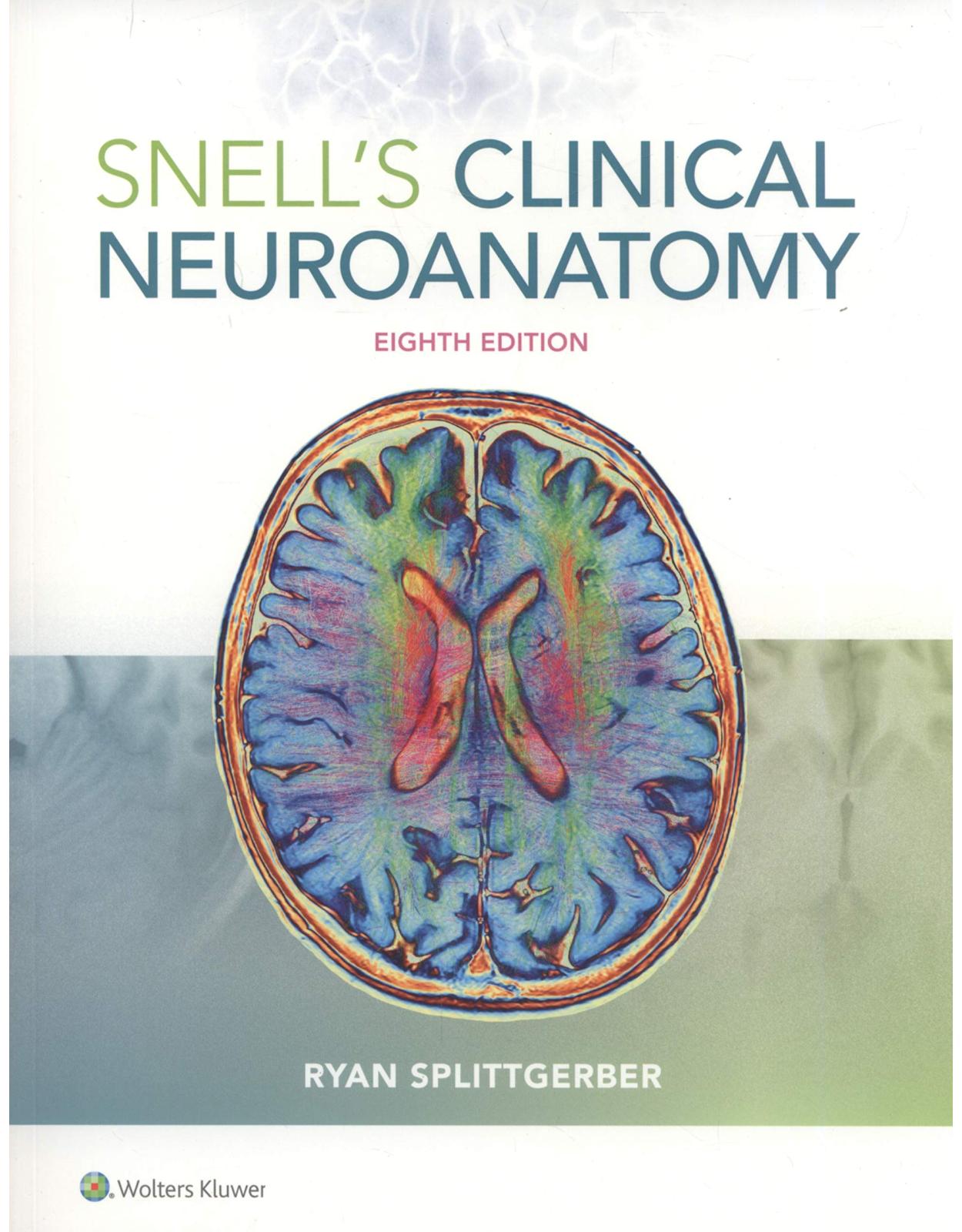
Snell’s Clinical Neuroanatomy
Livrare gratis la comenzi peste 500 RON. Pentru celelalte comenzi livrarea este 20 RON.
Disponibilitate: La comanda in aproximativ 4 saptamani
Autor: Ryan Splittgerber Ph.D
Editura: LWW
Limba: Engleza
Nr. pagini: 560
Coperta: Paperback
Dimensiuni: 15.27 x 2.79 x 22.86 cm
An aparitie: 1 Nov. 2018
Description:
Publisher's Note: Products purchased from 3rd Party sellers are not guaranteed by the Publisher for quality, authenticity, or access to any online entitlements included with the product. Snell’s Clinical Neuroanatomy, Eighth Edition, equips medical and health professions students with a complete, clinically oriented understanding of neuroanatomy. Organized classically by system, this revised edition reflects the latest clinical approaches to neuroanatomy structures and reinforces concepts with enhanced, illustrations, diagnostic images, and surface anatomy photographs. Each chapter begins with clear objectives and a clinical case for a practical introduction to key concepts. Throughout the text, Clinical Notes highlight important clinical considerations.Chapters end with bulleted key concepts, along with clinical problem solving cases and review questions that test students’ comprehension and ensure preparation for clinical application.
Table of Contents:
Color Atlas of Brain
Chapter 1 Introduction and Organization of the Nervous System
Central and Peripheral Nervous Systems
Autonomic Nervous System
Major Divisions of the Central Nervous System
Spinal Cord
Brain
Major Divisions of the Peripheral Nervous System
Cranial and Spinal Nerves
Ganglia
Early Development of the Nervous System
Clinical Notes
Clinical Problem Solving
Answers and Explanations to Clinical Problem Solving
Review Questions
Answers and Explanations to Review Questions
Chapter 2 Neurons and Neuroglia
Neurons
Neuron Types
Neuronal Structure
Neuroglia
Astrocytes
Oligodendrocytes
Microglia
Ependyma
Ependymal Cell Functions
Extracellular Space
Clinical Notes
Clinical Problem Solving
Answers and Explanations to Clinical Problem Solving
Review Questions
Answers and Explanations to Review Questions
Chapter 3 Nerve Fibers and Peripheral Innervation
Nerve Fibers
Myelinated Nerve Fibers
Nonmyelinated Nerve Fibers
Peripheral Nerves
Spinal Nerves and Spinal Nerve Roots
Cranial Nerves
Sensory Ganglia
Autonomic Ganglia
Peripheral Nerve Plexuses
Receptor Endings
Anatomical Types of Receptors
Cutaneous Receptor Function
Sensory Stimulus Transduction into Nerve Impulse
Joint Receptors
Neuromuscular Spindles
Neuromuscular Spindle Function
Neurotendinous Spindles
Effector Endings
Skeletal Muscle Innervation
Skeletal Muscle Neuromuscular Junctions
Smooth Muscle Neuromuscular Junctions
Cardiac Muscle Neuromuscular Junctions
Nerve Endings on Secretory Cells of Glands
Segmental Innervation of Skin
Segmental Innervation of Muscles
Muscle Tone and Muscle Action
Motor Unit Summation
Muscle Fatigue
Posture
Clinical Notes
Clinical Problem Solving
Answers and Explanations to Clinical Problem Solving
Review Questions
Answers and Explanations to Review Questions
Chapter 4 Spinal Cord and Ascending, Descending, and Intersegmental Tracts
Brief Review of the Vertebral Column
Vertebral Column Composition
Spinal Cord
Spinal Cord Structure
Ascending Tracts
Anatomical Organization
Functions
Descending Tracts
Anatomical Organization
Functions
Corticospinal Tracts
Reticulospinal T racts
Tectospinal Tract
Rubrospinal Tract
Vestibulospinal Tract
Olivospinal Tract
Descending Autonomic Fibers
Intersegmental Tracts
Reflex Arc
Influence of Higher Neuronal Centers on Spinal Reflex Activity
Renshaw Cells and Lower Motor Neuron Inhibition
Clinical Notes
Clinical Problem Solving
Answers and Explanations to Clinical Problem Solving
Review Questions
Answers and Explanations to Review Questions
Chapter 5 Brainstem
Skull Anatomy
Adult Skull
Neonatal Skull
Cranial Cavity
Vault of the Skull
Base of the Skull
Anterior Cranial Fossa
Middle Cranial Fossa
Posterior Cranial Fossa
Mandible
Introduction to the Brainstem
Medulla Oblongata
Internal Structure
Pons
Internal Structure
Midbrain
Internal Structure
Clinical Notes
Clinical Problem Solving
Answers and Explanations to Clinical Problem Solving
Review Questions
Answers and Explanations to Review Questions
Chapter 6 Cerebellum and Its Connections
Gross Appearance
Structures
Cerebellar Cortex
Functional Areas
Intracerebellar Nuclei
White Matter
Cerebellar Cortical Mechanisms
Intracerebellar Nuclear Mechanisms
Cerebellar Cortical Neurotransmitters
Cerebellar Peduncles
Cerebellar Afferent Fibers
Cerebellar Afferent Fibers From the Cerebral Cortex
Cerebellar Afferent Fibers From the Spinal Cord
Cerebellar Afferent Fibers From the Vestibular Nerve
Other Afferent Fibers
Cerebellar Efferent Fibers
Globose-Emboliform-Rubral Pathway
Dentatothalamic Pathway
Fastigial Vestibular Pathway
Fastigial Reticular Pathway
Functions of the Cerebellum
Clinical Notes
Clinical Problem Solving
Answers and Explanations to Clinical Problem Solving
Review Questions
Answers and Explanations to Review Questions
Chapter 7 Cerebrum
Subdivisions
Diencephalon
Gross Features
Thalamus
Subthalamus
Epithalamus
Hypothalamus
Hypothalamic Relations
Optic Chiasma
Tuber Cinereum
Mammillary Bodies
Third Ventricle
General Appearance of the Cerebral Hemispheres
Main Sulci
Cerebral Hemisphere Lobes
Superolateral Surface (Atlas Plate 3)
Medial and Inferior Surfaces (Atlas Plates 3, 6, and 8)
Internal Structure of the Cerebral Hemispheres (Atlas Plates 4 and 5)
Lateral Ventricles
Basal Nuclei
White Matter
Septum Pellucidum
Tela Choroidea
Clinical Notes
Clinical Problem Solving
Answers and Explanations to Clinical Problem Solving
Review Questions
Answers and Explanations to Review Questions
Chapter 8 The Structure and Functional Localization of the Cerebral Cortex
Structure
Nerve Cells
Nerve Fibers
Layers
Cortical Structure Variations
Cortical Mechanisms
Cortical Areas
Frontal Lobe
Parietal Lobe
Occipital Lobe
Temporal Lobe
Other Cortical Areas
Association Cortex
Cerebral Dominance
Clinical Notes
Clinical Problem Solving
Answers and Explanations to Clinical Problem Solving
Review Questions
Answers and Explanations to Review Questions
Chapter 9 Reticular Formation and Limbic System
Reticular Formation
General Arrangement
Afferent Projections
Efferent Projections
Functions
Limbic System
Hippocampal Formation
Amygdaloid Nucleus
Connecting Pathways of the Limbic System
Hippocampal Structure and the Dentate Gyrus
Afferent Connections of the Hippocampus
Efferent Connections of the Hippocampus
Limbic System Functions
Clinical Notes
Clinical Problem Solving
Answers and Explanations to Clinical Problem Solving
Review Questions
Answers and Explanations to Review Questions
Chapter 10 Basal Nuclei (Basal Ganglia)
Terminology
Corpus Striatum
Caudate Nucleus
Lentiform Nucleus
Amygdaloid Nucleus
Substantia Nigra and Subthalamic Nuclei
Claustrum
Connections of the Corpus Striatum and Globus Pallidus
Corpus Striatum Afferent Fibers
Corpus Striatum Efferent Fibers
Globus Pallidus Afferent Fibers
Globus Pallidus Efferent Fibers
Basal Nuclei Functions
Clinical Notes
Clinical Problem Solving
Answers and Explanations to Clinical Problem Solving
Review Questions
Answers and Explanations to Review Questions
Chapter 11 Cranial Nerve Nuclei
Cranial Nerves
Cranial Nerve Organization
Cranial Nerve Motor Nuclei
Olfactory Nerves (Cranial Nerve I)
Olfactory Bulb
Olfactory Tract
Optic Nerve (Cranial Nerve II)
Optic Chiasma
Optic Tract
Lateral Geniculate Body
Optic Radiation
Visual Pathway and Binocular Vision Neurons
Visual Reflexes
Oculomotor Nerve (Cranial Nerve III)
Oculomotor Nerve Nuclei
Oculomotor Nerve Course
Trochlear Nerve (Cranial Nerve IV)
Trochlear Nerve Nucleus
Trochlear Nerve Course
Trigeminal Nerve (Cranial Nerve V)
Trigeminal Nerve Nuclei
Trigeminal Nerve Sensory Components
Trigeminal Nerve Motor Component
Trigeminal Nerve Course
Abducens Nerve (Cranial Nerve VI)
Abducens Nerve Nucleus
Abducens Nerve Course
Facial Nerve (Cranial Nerve VII)
Facial Nerve Nuclei
Facial Nerve Course
Facial Nerve Distribution
Vestibulocochlear Nerve (Cranial Nerve VIII)
Vestibular Nerve
Cochlear Nerve
Vestibulocochlear Nerve Course
Glossopharyngeal Nerve (Cranial Nerve IX)
Glossopharyngeal Nerve Nuclei
Glossopharyngeal Nerve Course
Vagus Nerve (Cranial Nerve X)
Vagus Nerve Nuclei
Vagus Nerve Course
Accessory Nerve (Cranial Nerve XI)
Cranial Root
Spinal Root
Hypoglossal Nerve (Cranial Nerve XII)
Hypoglossal Nucleus
Hypoglossal Nerve Course
Clinical Notes
Clinical Problem Solving
Answers and Explanations to Clinical Problem Solving
Review Questions
Answers and Explanations to Review Questions
Chapter 12 Thalamus
General Appearance
Subdivisions
Anterior Part
Medial Part
Lateral Part
Other Nuclei
Connections
Function
Clinical Notes
Clinical Problem Solving
Answers and Explanations to Clinical Problem Solving
Review Questions
Answers and Explanations to Review Questions
Chapter 13 Hypothalamus
Hypothalamus
Hypothalamic Nuclei
Medial Zone
Lateral Zone
Hypothalamic Lines of Communication
Afferent Nervous Connections
Efferent Nervous Connections
Connections With the Hypophysis Cerebri
Functions
Autonomic Control
Endocrine Control
Neurosecretion
Temperature Regulation
Regulation of Food and Water Intake
Emotion and Behavior
Control of Circadian Rhythms
Clinical Notes
Clinical Problem Solving
Answers and Explanations to Clinical Problem Solving
Review Questions
Answers and Explanations to Review Questions
Chapter 14 Autonomic Nervous System
Organization
Sympathetic Part
Parasympathetic Part
Large Autonomic Plexuses
Autonomic Ganglia
Preganglionic Transmitters
Acetylcholine Receptors
Fast, Slow, and Inhibitory Synaptic Potentials
Ganglion-Stimulating Agents
Ganglion-Blocking Agents
Postganglionic Nerve Endings
Postganglionic Transmitters
Other Postganglionic Transmitters
Cholinergic Receptor Blockade
Adrenergic Receptor Blockade
Higher Control
Enteric Nervous System
Functions
Differences Between Sympathetic and Parasympathetic Systems
Autonomic Innervations
Eye
Lacrimal Gland
Salivary Glands
Heart
Lungs
Gastrointestinal Tract
Gallbladder and Biliary Ducts
Kidney
Suprarenal Gland Medulla
Anal Canal Involuntary Internal Sphincter
Urinary Bladder
Penile and Clitoral Erection
Ejaculation
Uterus
Upper Limb Arteries
Lower Limb Arteries
Ans Physiologic Reflexes
Direct and Consensual Light Reflexes
Accommodation Reflex
Carotid Sinus and Aortic Arch Reflexes
Clinical Notes
Clinical Problem Solving
Answers and Explanations to Clinical Problem Solving
Review Questions
Answers and Explanations to Review Questions
Chapter 15 Meninges
Brain Meninges
Dura Mater
Arachnoid Mater
Pia Mater
Spinal Cord Meninges
Dura Mater
Arachnoid Mater
Pia Mater
Clinical Notes
Clinical Problem Solving
Answers and Explanations to Clinical Problem Solving
Review Questions
Answers and Explanations to Review Questions
Chapter 16 Ventricular System and Cerebrospinal Fluid
Ventricular System
Lateral Ventricles
Third Ventricle
Cerebral Aqueduct
Fourth Ventricle
Lateral Boundaries
Posterior Wall (Roof)
Rhomboid Fossa (Floor)
Central Canal
Subarachnoid Space
Cerebrospinal Fluid
Functions
Formation
Circulation
Absorption
Subarachnoid Space Extensions
Blood–Brain and Blood–Cerebrospinal Fluid Barriers
Blood–Brain Barrier
Blood–Cerebrospinal Fluid Barrier
Cerebrospinal Fluid–Brain Interface
Functional Significance of the Barriers
Clinical Notes
Clinical Problem Solving
Answers and Explanations to Clinical Problem Solving
Review Questions
Answers and Explanations to Review Questions
Chapter 17 Blood Supply of the Brain and Spinal Cord
Arteries of the Brain
Internal Carotid Artery
Vertebral Artery
Circle of Willis
Arteries to Specific Brain Areas
Nerve Supply of Cerebral Arteries
Veins of the Brain
External Cerebral Veins
Internal Cerebral Veins
Veins of Specific Brain Areas
Brain Capillaries
Cerebral Circulation
Spinal Cord Arteries
Posterior Spinal Arteries
Anterior Spinal Artery
Segmental Spinal Arteries
Spinal Cord Veins
Clinical Notes
Clinical Problem Solving
Answers and Explanations to Clinical Problem Solving
Review Questions
Answers and Explanations to Review Questions
Chapter 18 Nervous System Development
Spinal Cord
Further Development of the Motor Neurons
Afferent Neuron Development in the Sensory Pathway
Further Development of Posterior Gray Column Sensory Neurons
Development of the Meninges and Spinal Cord Relationship to Vertebral Column
Brain
Medulla Oblongata (Myelencephalon)
Pons (Ventral Part of Metencephalon)
Cerebellum (Posterior Part of Metencephalon)
Midbrain (Mesencephalon)
Forebrain (Prosencephalon)
Diencephalon Fate
Telencephalon Fate
Cerebral Hemispheres
Cerebral Cortex
Commissures
Myelination in the Central Nervous System
Clinical Notes
Clinical Problem Solving
Answers and Explanations to Clinical Problem Solving
Review Questions
Answers and Explanations to Review Questions
Appendix Neuroanatomical Data of Clinical Significance and Clinical Neuroanatomy Techniques
Index
| An aparitie | 1 Nov. 2018 |
| Autor | Ryan Splittgerber Ph.D |
| Dimensiuni | 15.27 x 2.79 x 22.86 cm |
| Editura | LWW |
| Format | Paperback |
| ISBN | 9781496346759 |
| Limba | Engleza |
| Nr pag | 560 |
-
1,07600 lei 92000 lei

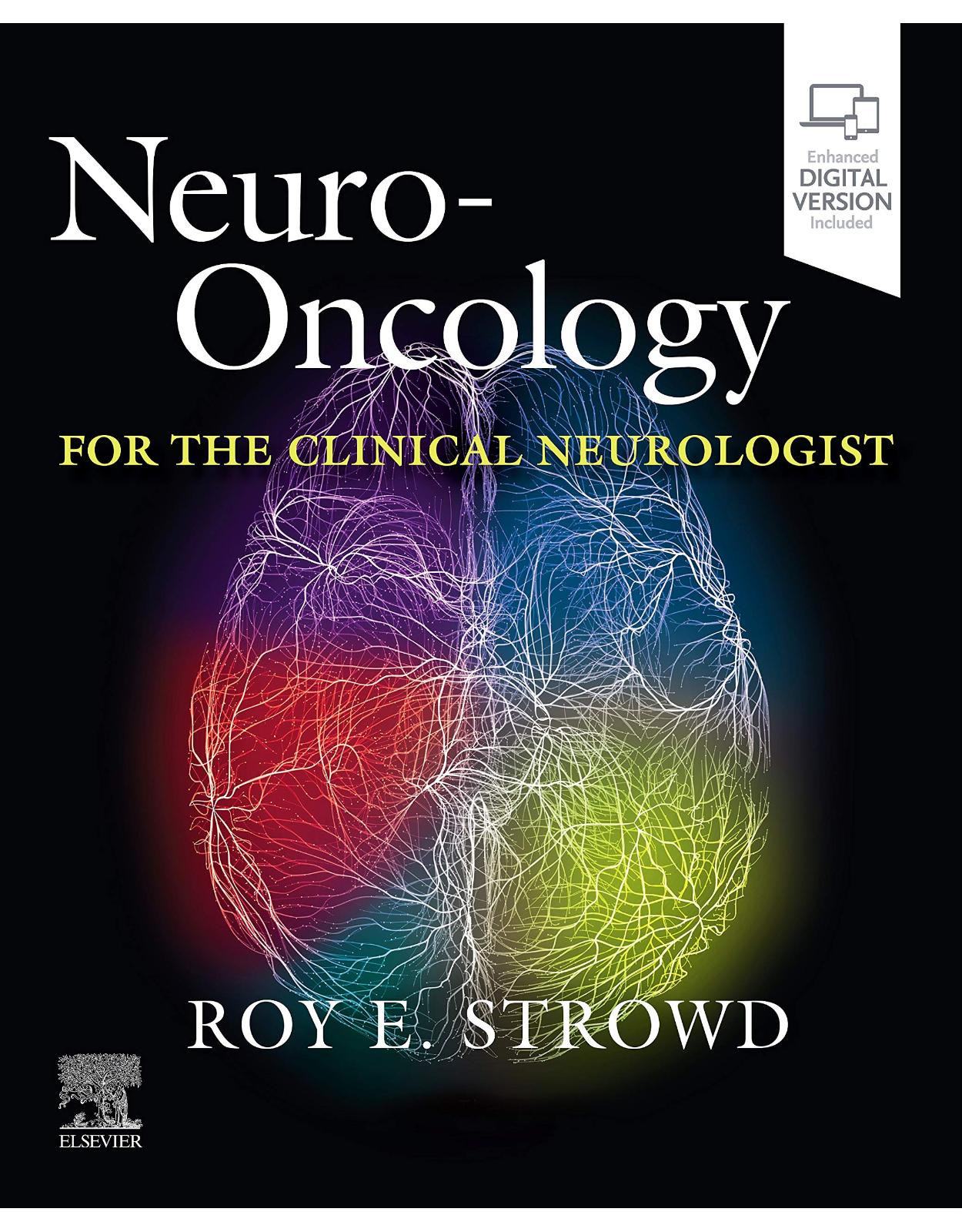
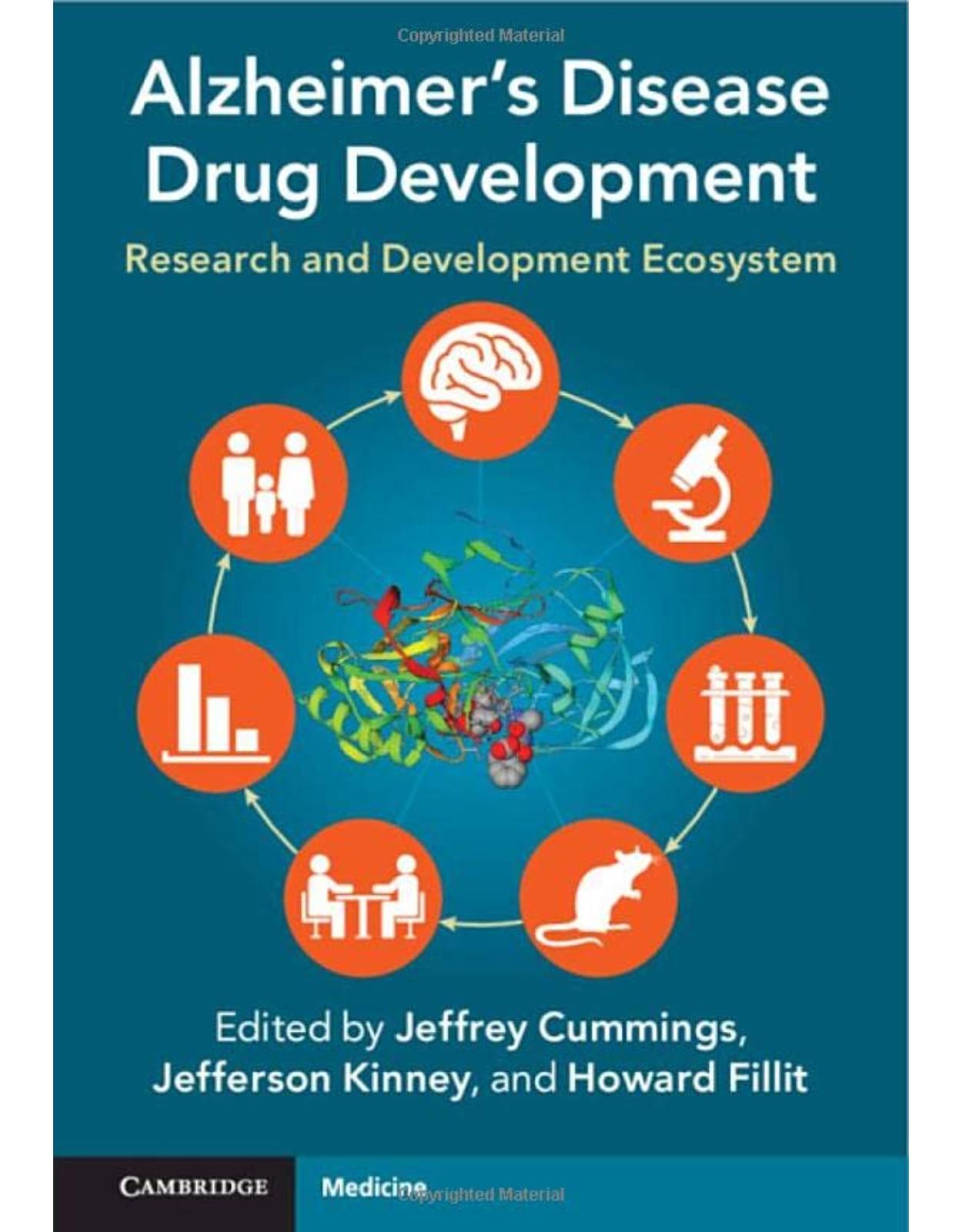
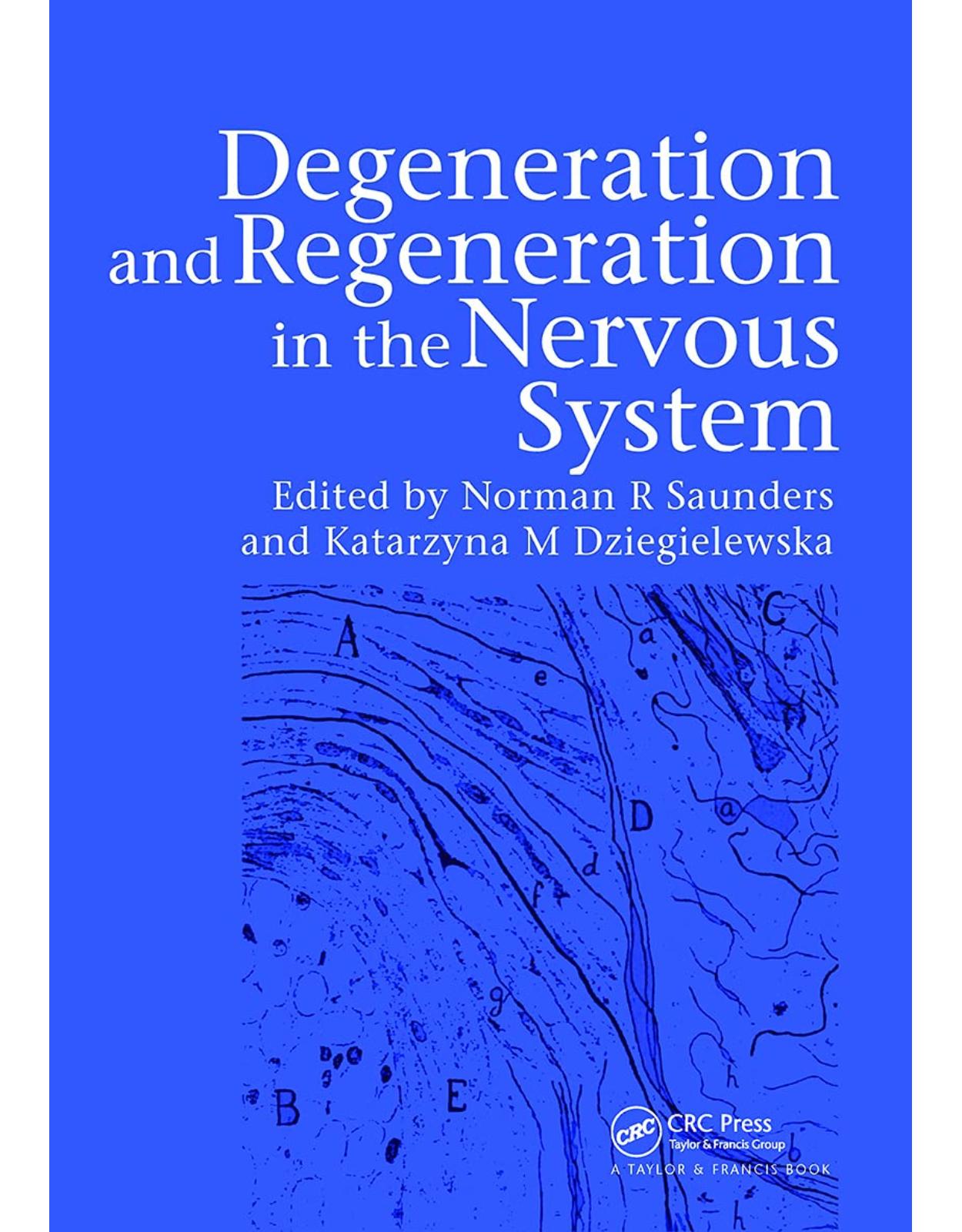
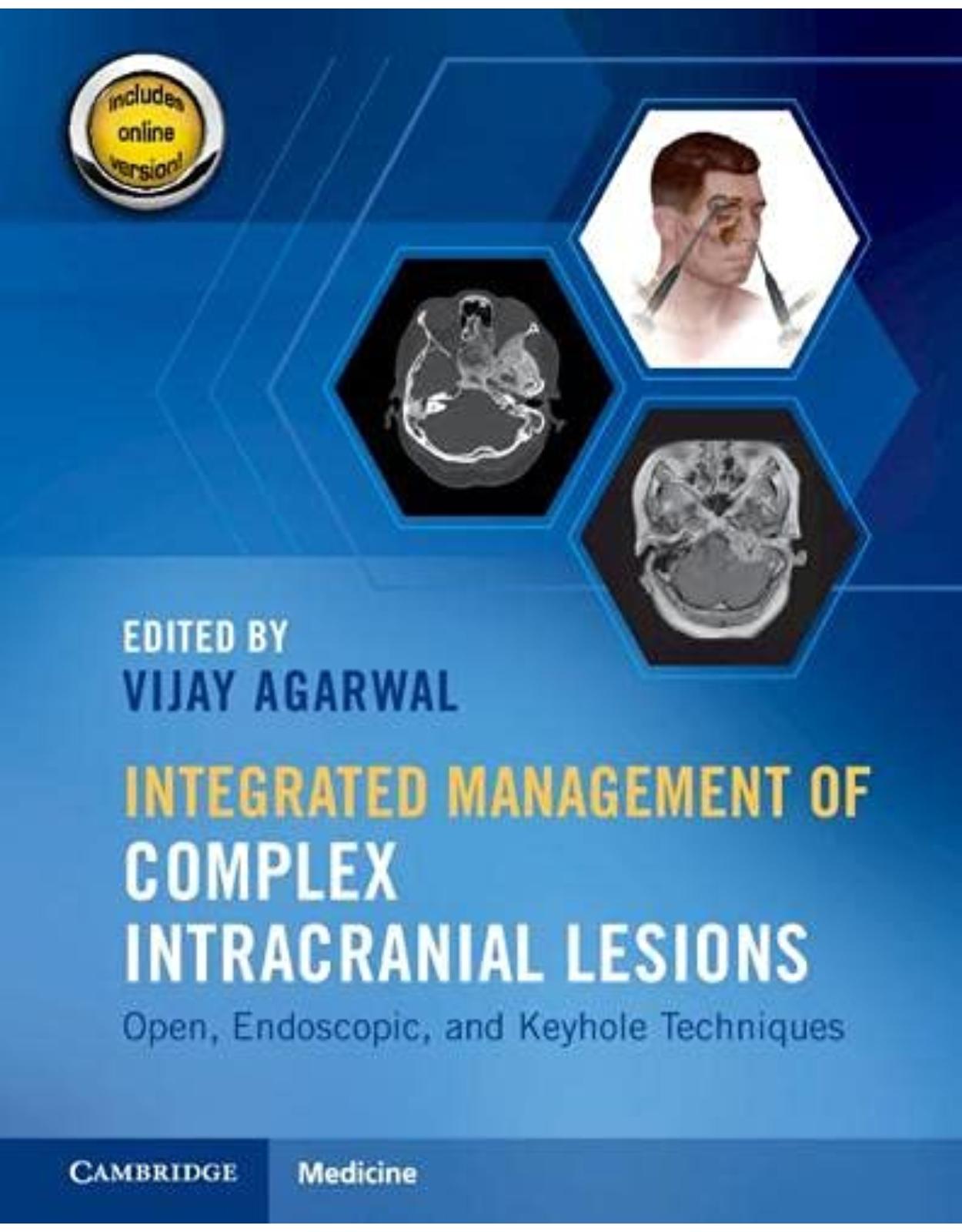
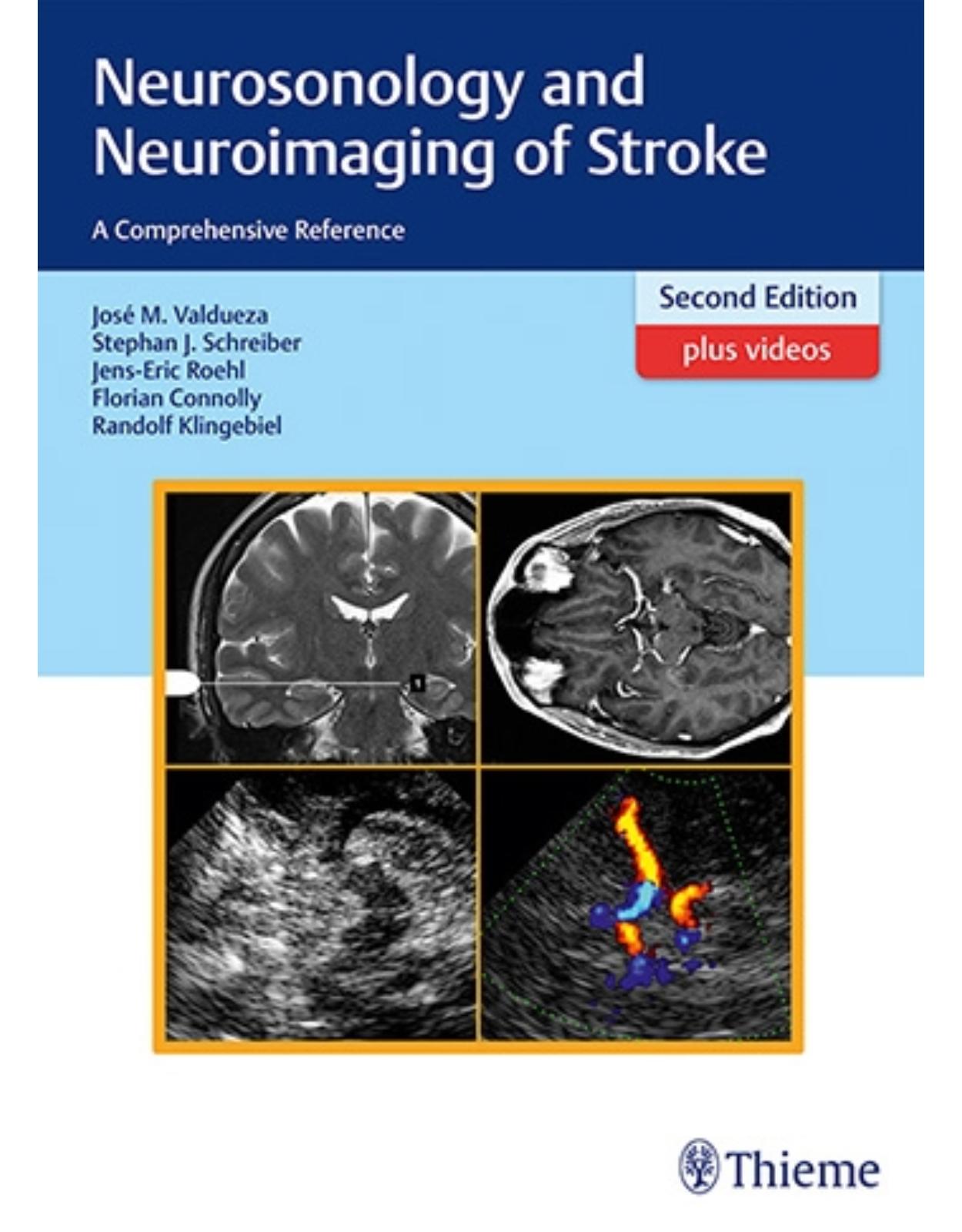
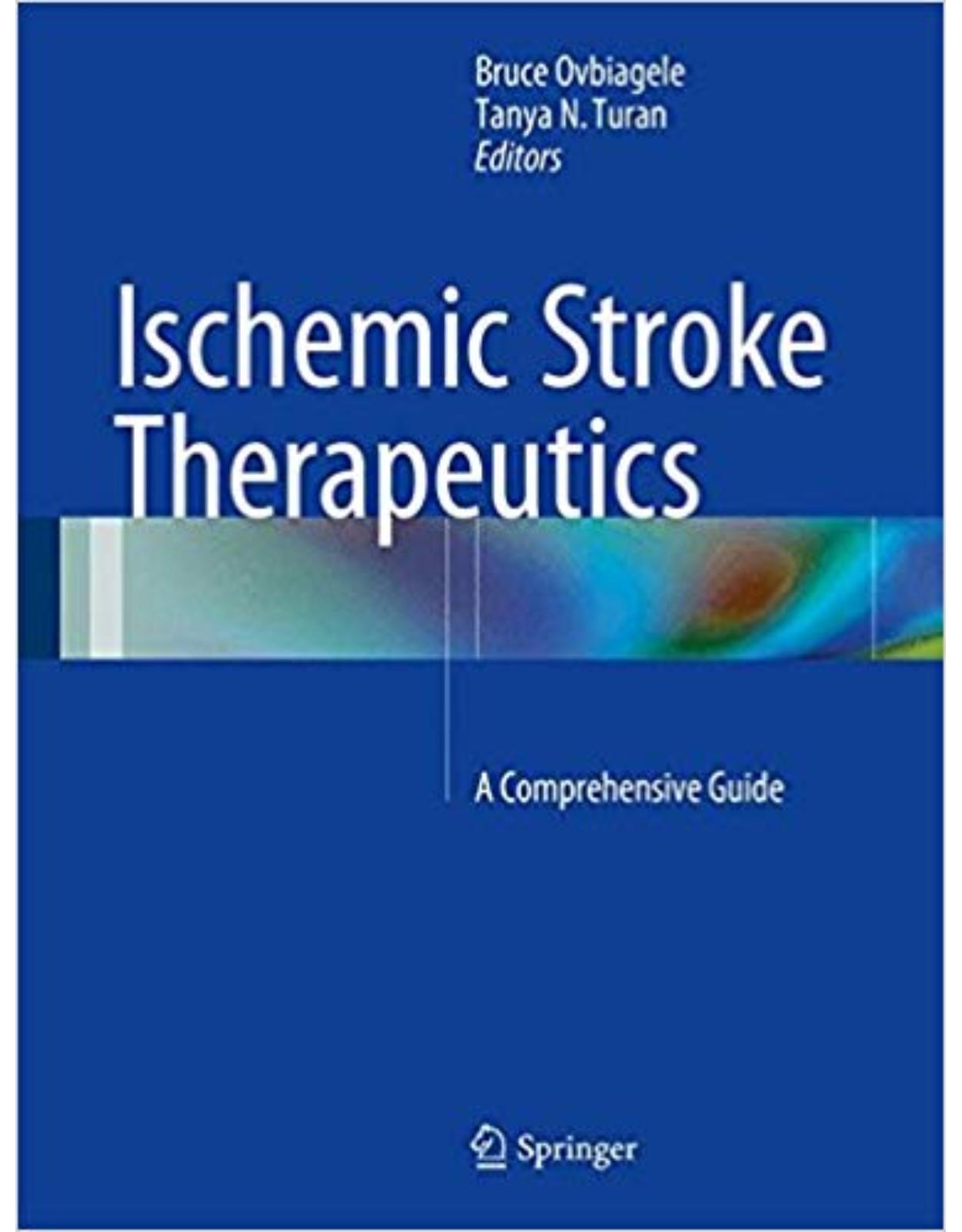
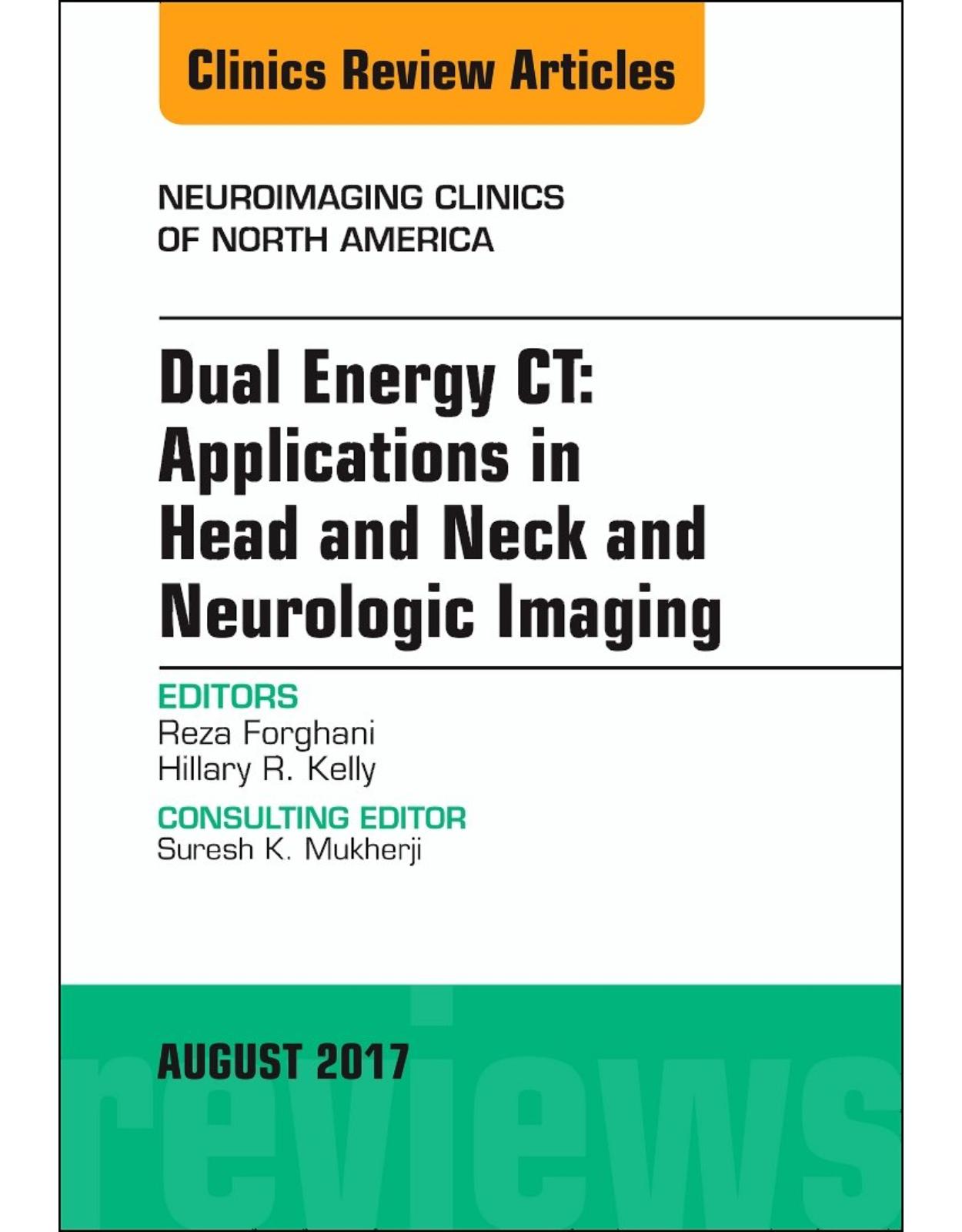
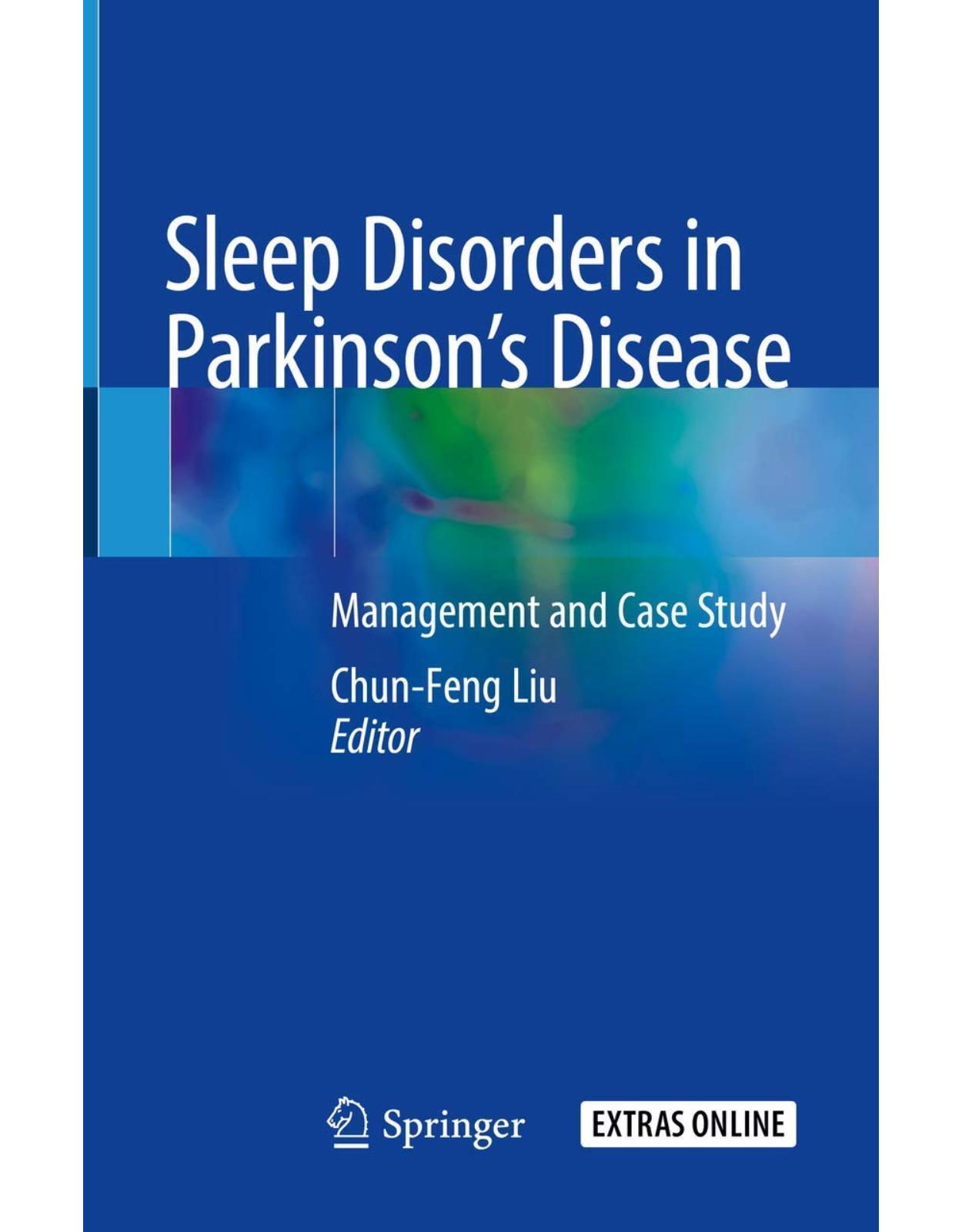
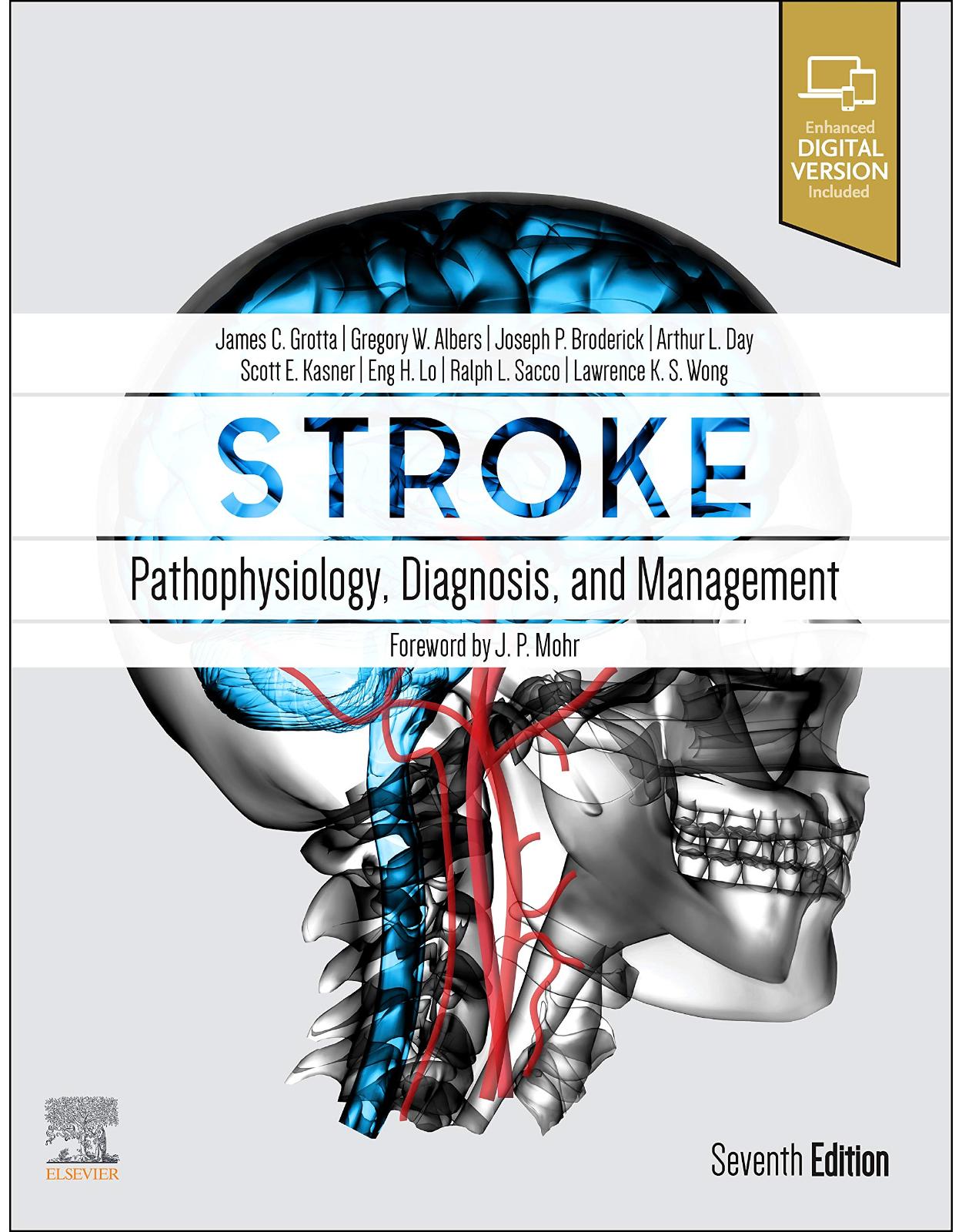
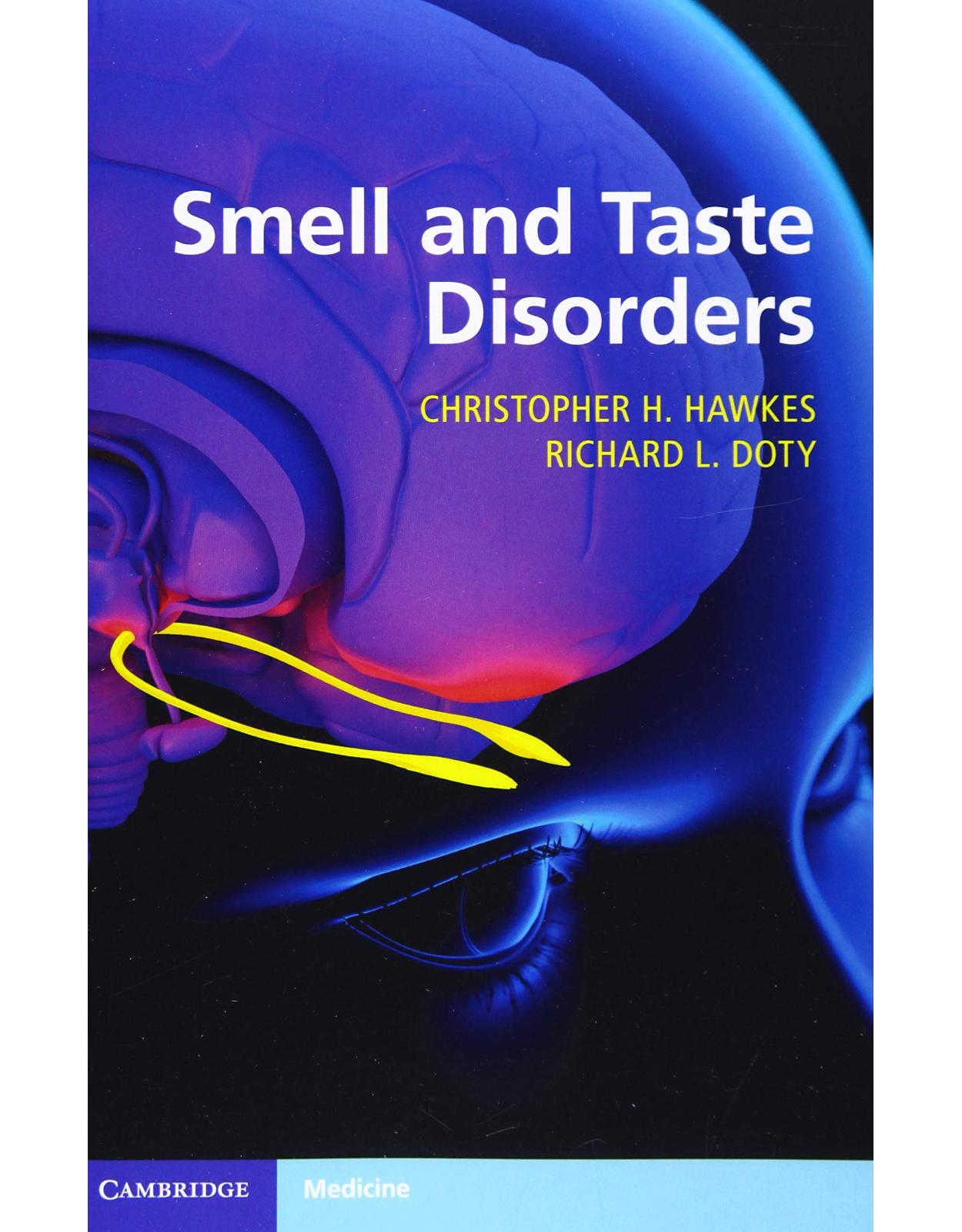
Clientii ebookshop.ro nu au adaugat inca opinii pentru acest produs. Fii primul care adauga o parere, folosind formularul de mai jos.